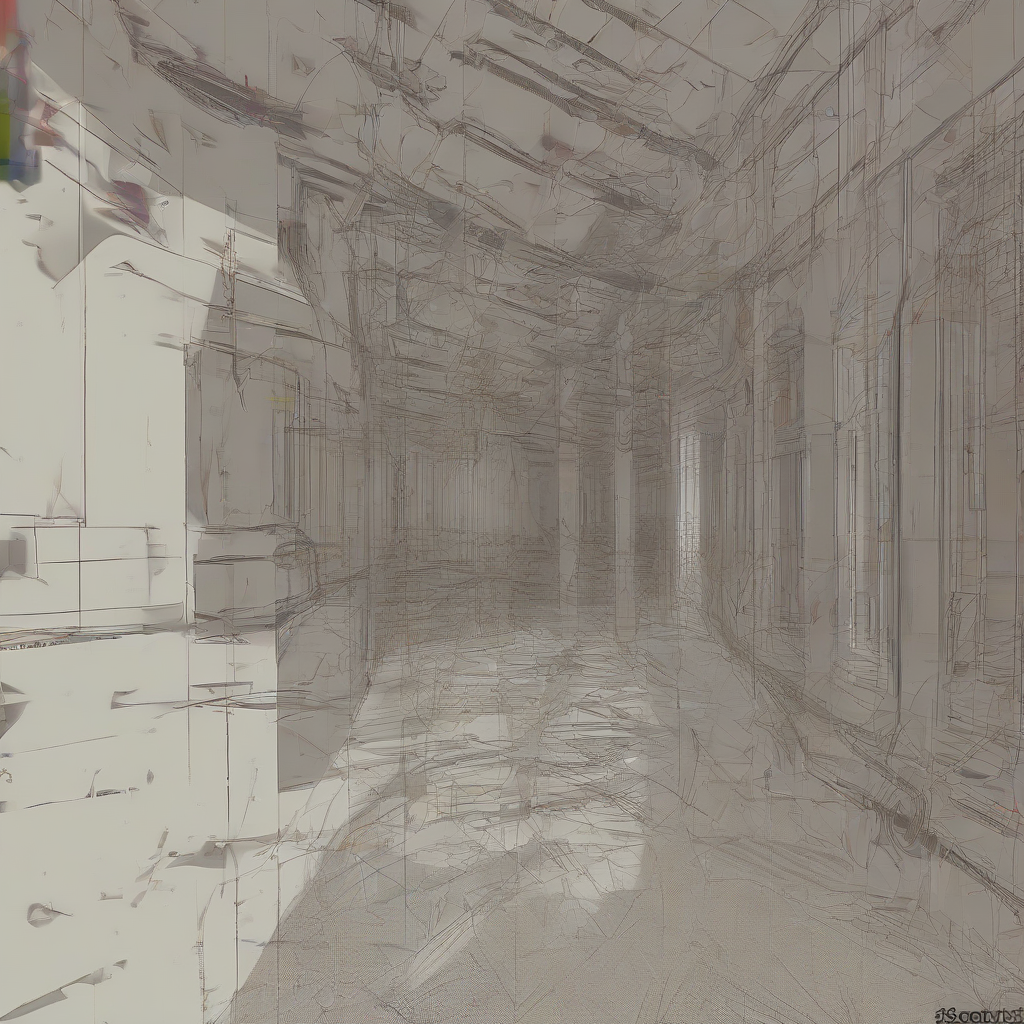
Navigating the Labyrinth: A Deep Dive into Legacy Surety Provider Portals
The digital landscape of surety bonding is a curious blend of cutting-edge technology and surprisingly archaic systems. While many industries have embraced sleek, modern interfaces and streamlined workflows, the world of surety often relies on “old surety provider portals”—legacy systems that present a unique set of challenges for users.
This exploration delves into the complexities of these legacy systems, examining their features, limitations, and the impact they have on efficiency, user experience, and the overall surety bonding process.
Understanding the Legacy System Landscape
- Outdated Technology: Many old surety provider portals are built on outdated programming languages and technologies, making them difficult to maintain, update, and integrate with modern systems. This can lead to compatibility issues with newer browsers and devices.
- Clunky Interfaces: These portals often feature clunky and unintuitive interfaces, requiring users to navigate complex menus and forms. The lack of user-friendly design elements makes the process slow and frustrating.
- Limited Functionality: Compared to modern platforms, legacy systems usually offer limited functionality. Features like real-time tracking, automated workflows, and robust reporting capabilities are often absent or underdeveloped.
- Security Concerns: Outdated systems often lack the robust security features found in modern applications. This vulnerability can expose sensitive data to potential breaches and compromise the security of the entire surety process.
- Lack of Mobile Optimization: Many legacy portals are not designed for mobile devices, forcing users to rely on desktop computers, hindering accessibility and flexibility.
- Poor Integration: Integration with other business systems is often problematic. Legacy systems may not easily connect with accounting software, CRM platforms, or other essential tools, creating data silos and inefficient workflows.
- High Maintenance Costs: Maintaining and supporting legacy systems can be expensive. Finding specialists who understand the outdated technology is often challenging and costly.
- Lack of Scalability: Legacy systems may struggle to handle increased data volume and user traffic. This can lead to performance issues and hinder growth.
The User Experience: Frustration and Inefficiency
The impact of these legacy systems extends far beyond mere inconvenience. The user experience is often fraught with frustration and inefficiency. Users report:
- Difficulty Navigating: Finding specific information or completing tasks can be a time-consuming and frustrating process.
- Complex Forms: The forms themselves are often overly complex, requiring users to fill in numerous fields and navigate confusing layouts.
- Lack of Support: Finding adequate support for troubleshooting technical issues or addressing questions related to the platform can be extremely challenging.
- Time Consumption: Simple tasks that should take minutes can end up taking hours due to the cumbersome nature of the interface and the lack of automation.
- Error Prone Processes: The outdated technology and lack of user-friendly design elements often lead to errors during data entry and processing.
The Broader Implications for the Surety Industry
The reliance on old surety provider portals has broader implications for the surety industry as a whole:
- Competitive Disadvantage: Companies using outdated systems may find themselves at a competitive disadvantage compared to those leveraging modern, efficient technologies.
- Increased Costs: The inefficiencies and errors associated with legacy systems can lead to increased operational costs.
- Reputational Risk: A poor user experience can damage the reputation of the surety provider, leading to dissatisfaction among clients and partners.
- Reduced Productivity: Employees spend excessive time navigating cumbersome systems, reducing their overall productivity.
- Hindered Growth: The limitations of legacy systems can hinder the growth and scalability of the surety business.
- Security Vulnerabilities: Outdated systems represent a significant security risk, exposing sensitive data to potential breaches and compromising the integrity of the surety process.
The Path Forward: Modernization and Transformation
The need for modernization in the surety industry is undeniable. Moving away from legacy systems and embracing modern technologies offers numerous benefits:
- Improved User Experience: Modern portals offer intuitive interfaces, streamlined workflows, and enhanced usability.
- Increased Efficiency: Automation and real-time capabilities significantly reduce processing time and improve overall efficiency.
- Enhanced Security: Modern systems incorporate robust security measures to protect sensitive data.
- Better Integration: Seamless integration with other business systems improves data flow and reduces manual data entry.
- Improved Scalability: Modern platforms can easily handle increased data volume and user traffic.
- Reduced Costs: While the initial investment in modernization can be significant, long-term cost savings are achieved through increased efficiency and reduced errors.
- Competitive Advantage: Modern systems give surety providers a competitive edge in the marketplace.
Specific Areas for Improvement
- Intuitive Search Functionality: Implementing powerful search capabilities that allow users to quickly find the information they need.
- Automated Workflows: Automating repetitive tasks to reduce manual effort and streamline the surety bonding process.
- Real-time Data Updates: Providing users with real-time access to crucial data and status updates.
- Improved Reporting Capabilities: Offering comprehensive reporting features that provide valuable insights into the surety business.
- Enhanced Mobile Accessibility: Designing portals that are fully optimized for mobile devices, enabling access from anywhere.
- Robust Security Features: Implementing multi-factor authentication, data encryption, and other security measures to protect sensitive data.
- User-friendly Training and Support: Providing comprehensive training and readily available support to help users navigate the new system effectively.
The Challenges of Migration
Migrating from legacy systems to modern platforms presents a set of challenges:
- Cost of Implementation: The upfront cost of migrating to a new system can be substantial.
- Data Migration: Transferring data from an old system to a new one can be complex and time-consuming.
- Training and Support: Adequate training and support are crucial to ensure users can effectively utilize the new system.
- Integration Issues: Integrating the new system with existing business systems can present technical challenges.
- Testing and Validation: Thorough testing is necessary to ensure the new system functions correctly and meets all requirements.
- Change Management: Successfully managing the change process is essential to minimize disruption and ensure user buy-in.
Conclusion: Embracing the Future of Surety
While legacy surety provider portals may have served their purpose, their limitations are becoming increasingly apparent. The surety industry needs to embrace modernization and transformation to remain competitive, efficient, and secure. By investing in modern platforms, surety providers can improve the user experience, enhance efficiency, reduce costs, and mitigate security risks, ultimately paving the way for a more streamlined and successful future.


